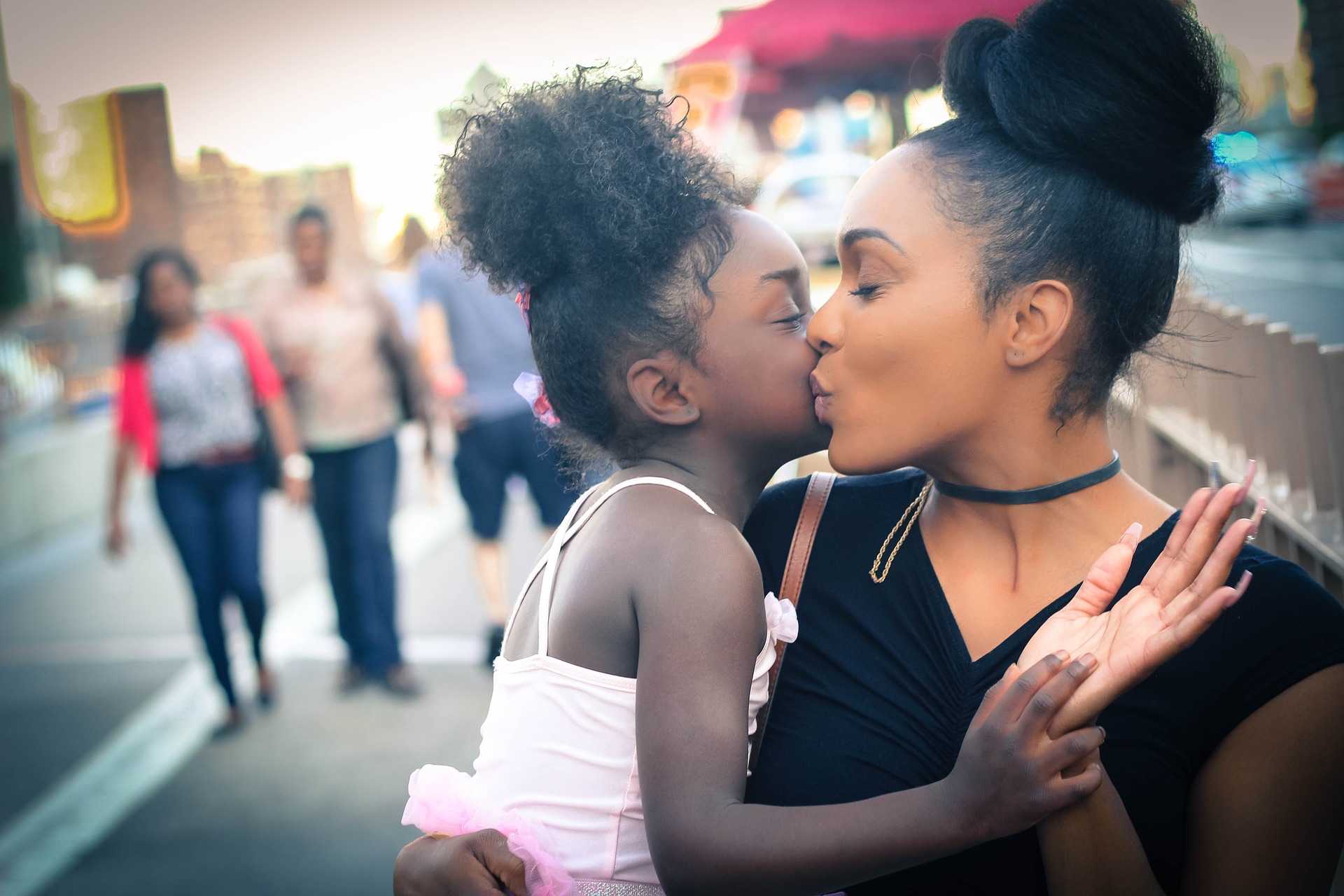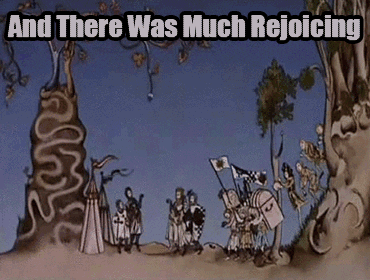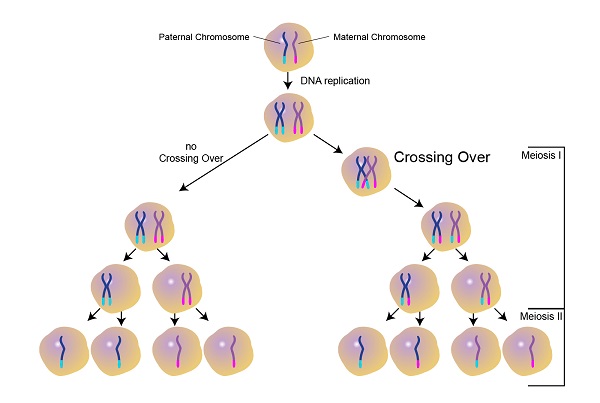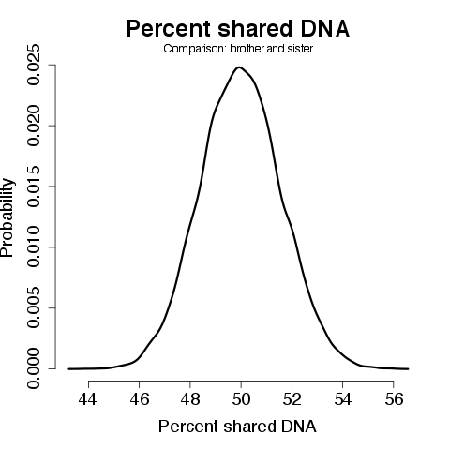
Have you ever wondered how you could possibly be related to your brother or sister? Well, good news. There’s a mathematical way to determine that! The same is also true for all of your relatives.
I know how most people don’t like math, but trust me, this is fun math!

Copyright Monty Python
Starting Simple
Let’s start with the easy stuff. Your nuclear family -- parents and siblings.
In order to produce you, your parents must give you one set of chromosomes each. Your father provides one set of chromosomes via sperm, and your mother provides one set of chromosomes via an egg. The math on this is really simple -- it’s a 50/50 split between your parents. So half comes from your mom, and half comes from your dad. So far, so good. The math is fairly straightforward when we travel up or down in generations. If you have children, each one of them should have half your DNA as well.
But now we encounter our first challenge: Your siblings. Common sense would suggest you share at least 50% of your DNA with them. After all, you came from the same parents. On average, this is true. But it isn’t always true.
As we mentioned before, you get half of your chromosomes from your mom, and half from your dad. But the chromosomes you get are randomly determined during meiosis. It is entirely possible that you and your siblings could get an opposite set of chromosomes from both of your parents. It’s also equally possible you could get the exact same set of chromosomes from your parents. And don’t forget crossing over either!

A diagram of how meiosis and crossing over works. Image Courtesy of the NIH.
So, in theory, you could share between 0% and 100% of your DNA with your siblings. However, the likelihood of this happening is very low. The chance of this is around 10 to the -14th power, which might as well be 0. This is why most geneticists say you share around 50% of your DNA with your siblings. Because on average, this is true.

You can see how quickly the probability approaches 0. Image Courtesy of The Tech
There is an important exception to these principles, however. And these exceptions are your haplogroups. Regardless of which chromosomes you get, you will always share mitochondrial DNA (mtDNA) with your siblings. This is because mitochondrial DNA always passes from mother to children. Additionally, two brothers will always share the same Y chromosome. And last, but not least, two sisters will always share at least one X chromosome, because the father’s sperm determines the sex of the child.
So, if you and your sibling take DNA tests and get different results -- now you know why! You’re not guaranteed to have the same chromosomes, and these chromosomes could have different origins.
Extended Family
This is all well and good, but you want to know how closely related you are to your cousin, your second cousin, and so on. The good news is that the math is pretty simple. The bad news is that you’re going to have to keep track of a lot of small details.
PLEASE NOTE: For this math, we’re going to assume there is no inbreeding in your family, because then the math can get COMPLICATED. Even if there is no inbreeding, you could have a situation such as double cousins, which we described here. See what we mean about small details?
For example, let’s say you have a half-brother. You have the same mom, but different dads. Well, you both got half of your DNA from your mom, but share 0% of the same DNA from your dad. So you share half as much DNA as you would with a full sibling -- 25% instead of 50%.
Now let’s hop over to your cousins. Now we have to keep track of your family tree. First, you share half of your DNA with your parent, so we start at 50%. Then, your parent shares around half their DNA with their sibling (your uncle or aunt), so we multiply by 50% to get 25%. Then, your cousin has half of their DNA, so we multiply again by 50% to arrive at 12.5% shared DNA. So each cousin has approximately ⅛ of the DNA that you have.
But wait! What if your uncle or aunt was only a half-sibling? Well, then you multiply by 50% again, to arrive at 6.25% of the same DNA as your cousin.
Really Extended Family
Great! But what about second cousins? Third cousins? Etcetera etcetera.
Well, now we really have to keep a close track of our math. With cousins, your most recent common ancestors are your grandparents. But with second cousins, your most recent common ancestors are your great-grandparents. So in the example of cousins, we really only need to go back to your parent’s generation to do the math. But now we need to go back to your grandparent’s generation to do the math.
We start at 50% of your parent’s DNA. In turn, your parents have 50% of their parents DNA. We are now at 25%. Your grandparents had 50% of their siblings DNA. We are now at 12.5%. In turn, their children had 50% of their DNA. We are now at 6.25%. And their children had 50% of their DNA. We are now at 3.125% shared DNA, and we have arrived at your first cousin.
To spell this out:
| Name of Relationship |
DNA Percentage Shared |
| Identical Twins |
100% |
| Siblings, Parents, Children |
50% |
| Grandparents, Uncles, Aunts, Double Cousins, Half-Siblings |
25% |
| First Cousins, Great Grandparents, Half-Uncle, Half-Aunts |
12.5% |
| Great-Great Grandparents, Great Uncle, Great Aunt, First Cousins Once Removed |
6.25% |
| Second Cousins, Great-Great-Great Grandparents |
3.125% |
| Third Cousins |
0.781% |
As you can see from the table above, things get really complicated really quickly. This is why autosomal DNA is not as useful as Y-DNA or mtDNA for reaching back past further than 5 generations. At 5 generations away (great-great-great grandparents), you only share 3% of your DNA. Each generation shares 50% less DNA with you.
If you’re not interested in doing the math yourself, the International Society of Genetic Genealogy provides a massive table that breaks some of these numbers down.
Kin Selection
This might seem like a tangent, but these numbers can help to explain a phenomenon in evolutionary biology: Altruism. Altruism is a tricky question in evolution. After all, if only the fittest survive, why bother helping those who aren’t as fit?
This is the question that Darwin and many biologists had to answer. It’s clear that altruism is common in social species. As an extreme example, worker ants can’t reproduce. They cannot add to the gene pool. And yet, they work together and help each other out. Why would such a system of altruism evolve?
The answer lies in kin selection. Worker ants are 50% related to the queen ant, their mother. If they can help their mother have more children (specifically, more queens), then they still get to contribute to the gene pool. Any future queen ants produced by their mother will share 50% of their genes too. It’s in their best interests to help their mother produce as many queen ants as she can.
You can see similar behavior in other social animals. For example, crows can raise their young as a tribe. Adult children will help their parents raise more siblings. The whole tribe pitches in to help raise the young. Not only do the kids have their own children -- they also help other family members raise their kids!
And humans do it too. Even if you don’t have your own kids, you may pitch in to help your siblings or cousins raise their kids. This can help spread your genes indirectly. After all, a niece or a nephew shares 25% of your DNA. As the famous evolutionary biologist J. B. S. Haldane put it:
... in the world of our model organisms ... everyone would sacrifice it [their life] when he can thereby save more than two brothers, or four half brothers or eight first cousins ...”
References:
- https://www.genome.gov/genetics-glossary/Crossing-Over
- https://genetics.thetech.org/ask-a-geneticist/siblings-are-around-fifty-percent-related
- https://www.yourgenome.org/facts/what-is-meiosis
- https://isogg.org/wiki/Autosomal_DNA_statistics
- https://www.sciencedirect.com/topics/biochemistry-genetics-and-molecular-biology/kin-selection
- https://blog.nature.org/science/2016/05/02/surprising-lookcrow-family-life-cooperative-behavior-birds-corvids/